Literary Horrors at Whitby Abbey, UK
The craggy bones of Whitby Abbey endure even as the windswept north sea breaks and moulds the cliffs below. Look from almost anywhere in the town, and it can be seen cutting a haunting silhouette that’s as beautiful as any of the UK’s major churches. But this near thousand-year-old carcass comes with an additional bounty of gothic literary legacy, as it, along with the town of Whitby was the imposing inspiration for Bram Stoker’s Dracula. Journey up the 199 steps to the abbey on a dark Halloween night marked by a low fog softening the abbey’s rugged edges, a bright moon lengthening its millennia-long shadows, and the noise of the sea washing into the rocks below, and you’ll find an abbey that wears its eerie lineage to perfection.
And for 2022, English Heritage is adding a 125-year celebration to the annual Halloween event, promising to bathe the abbey in a distinctive light show while bringing the story of Dracula to life within its crumbling walls.



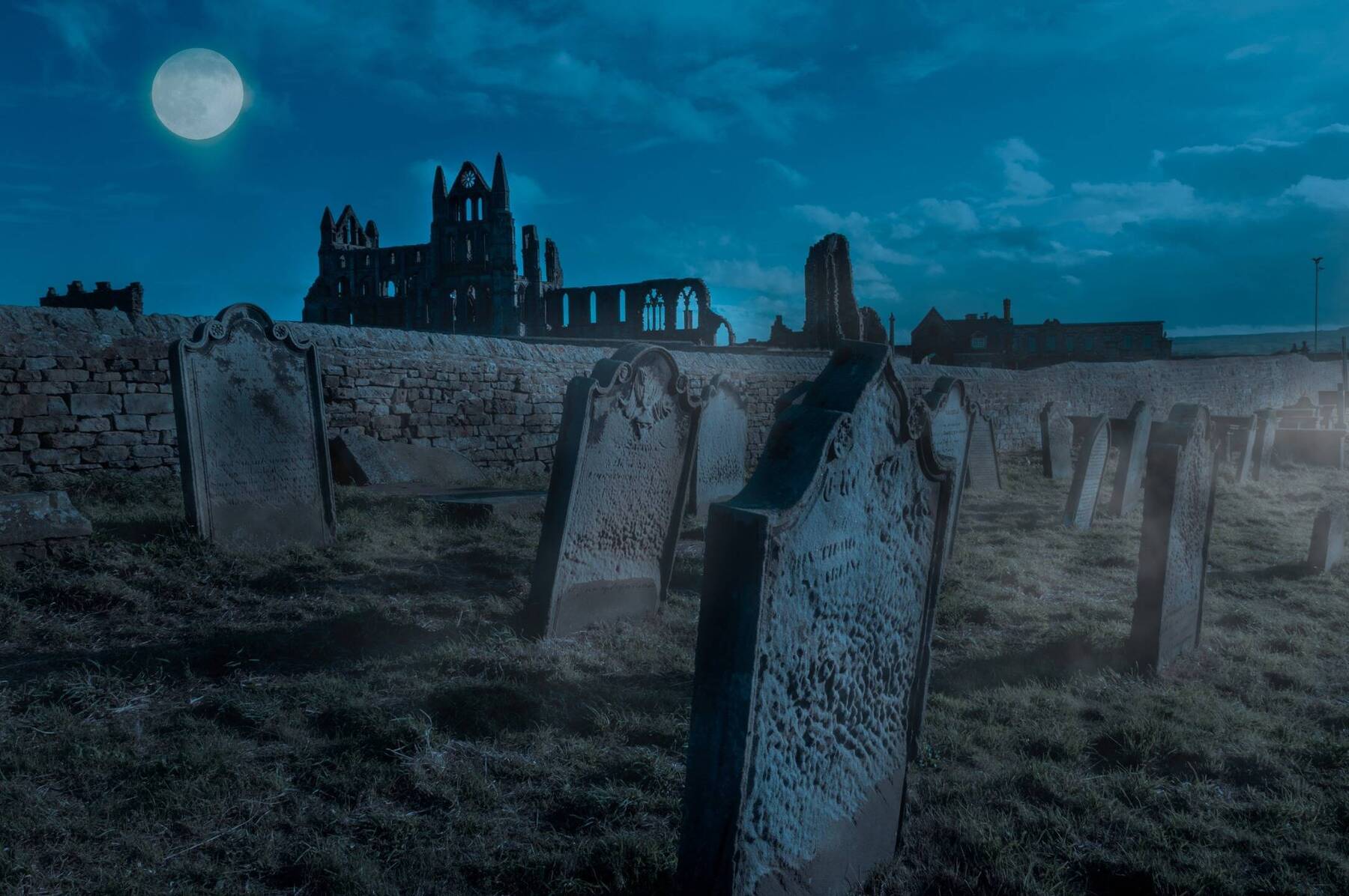
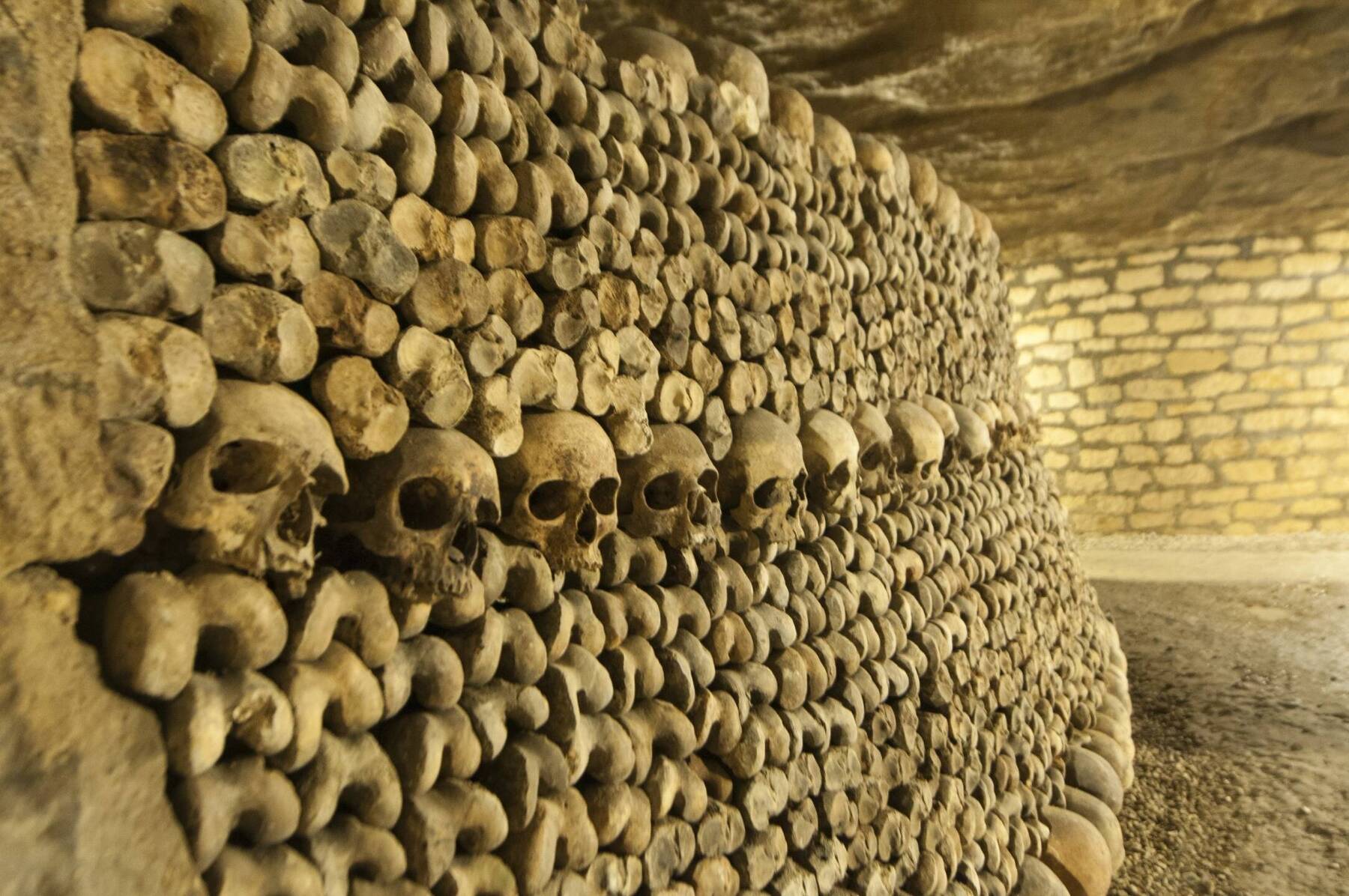
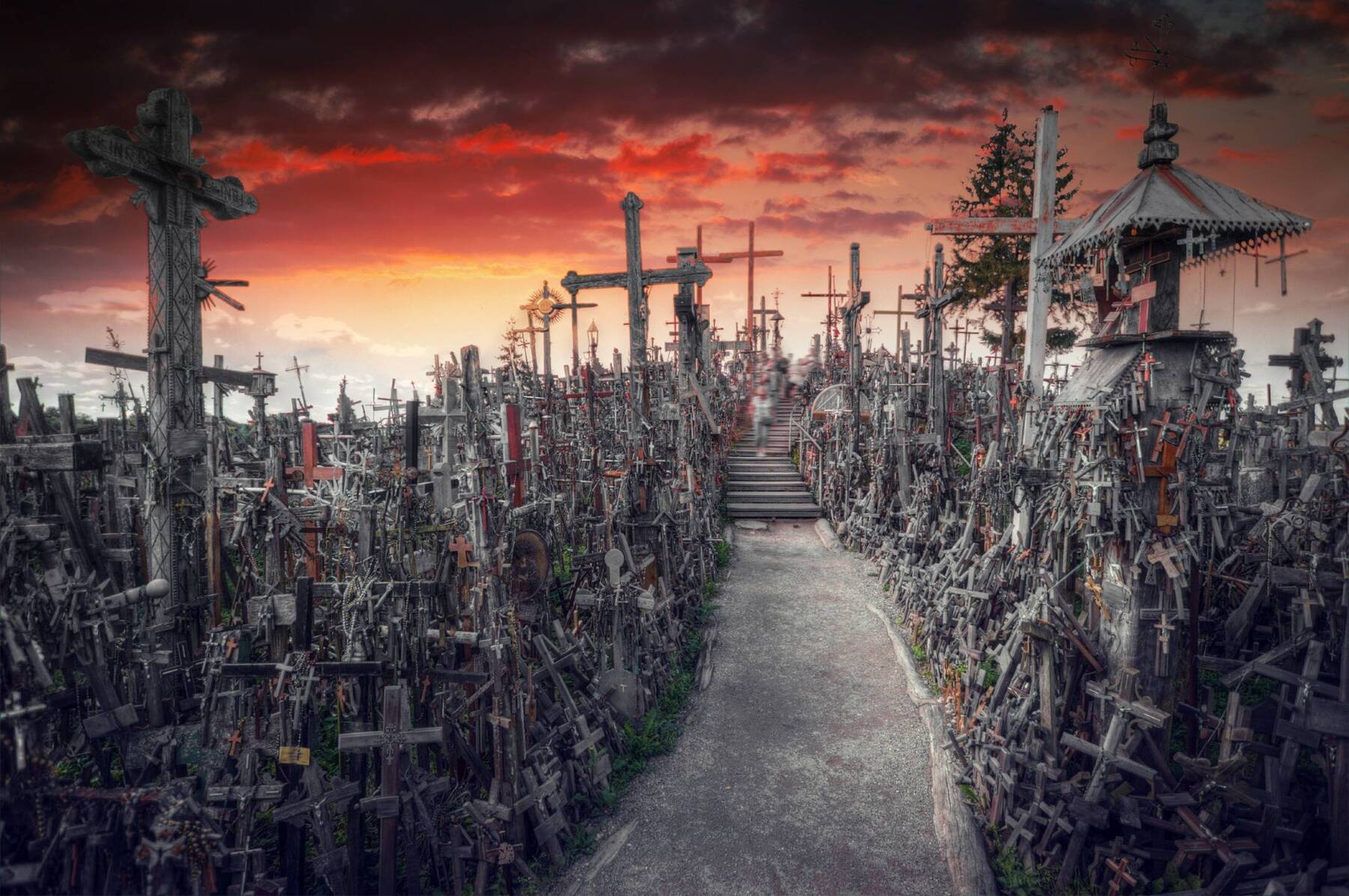
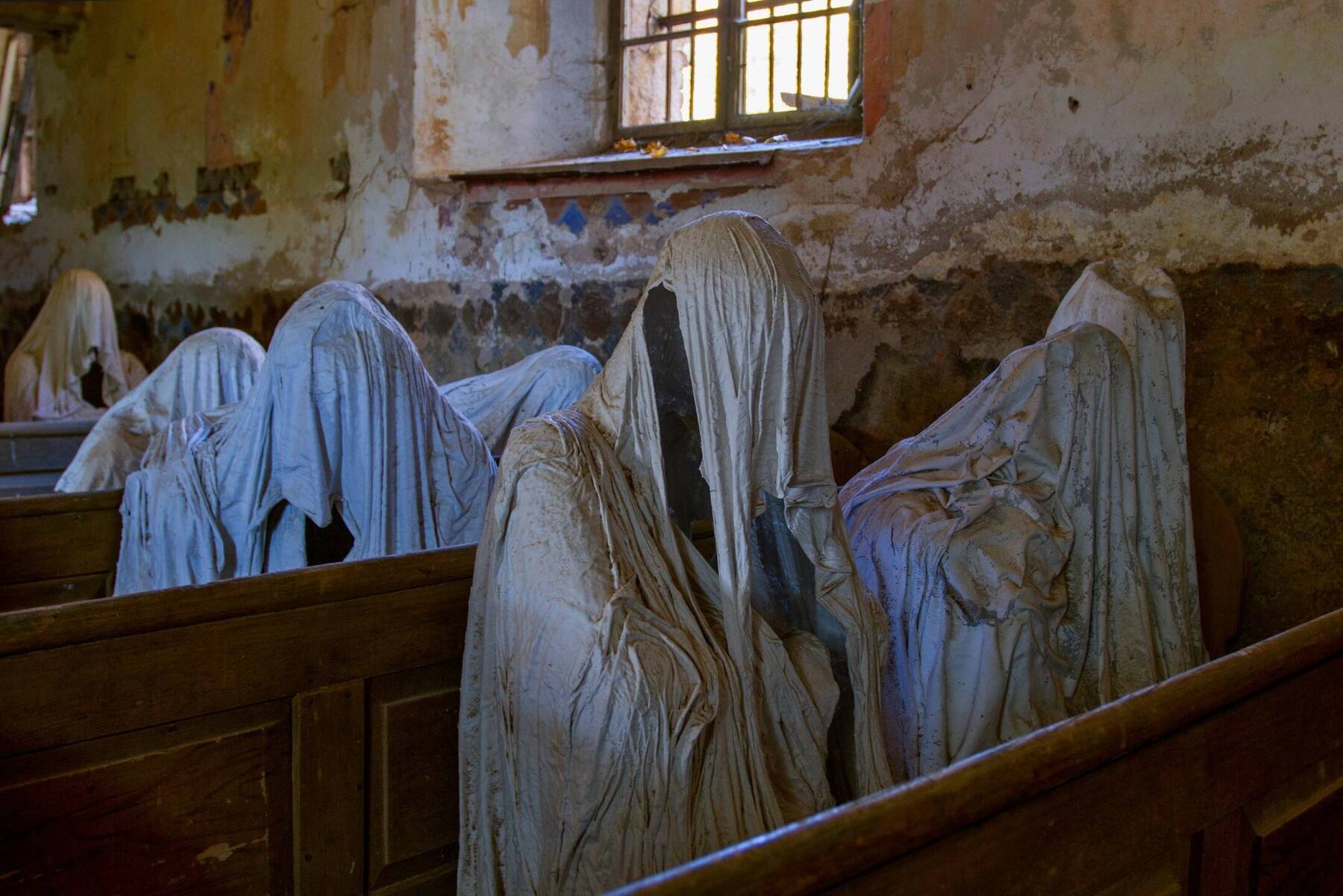
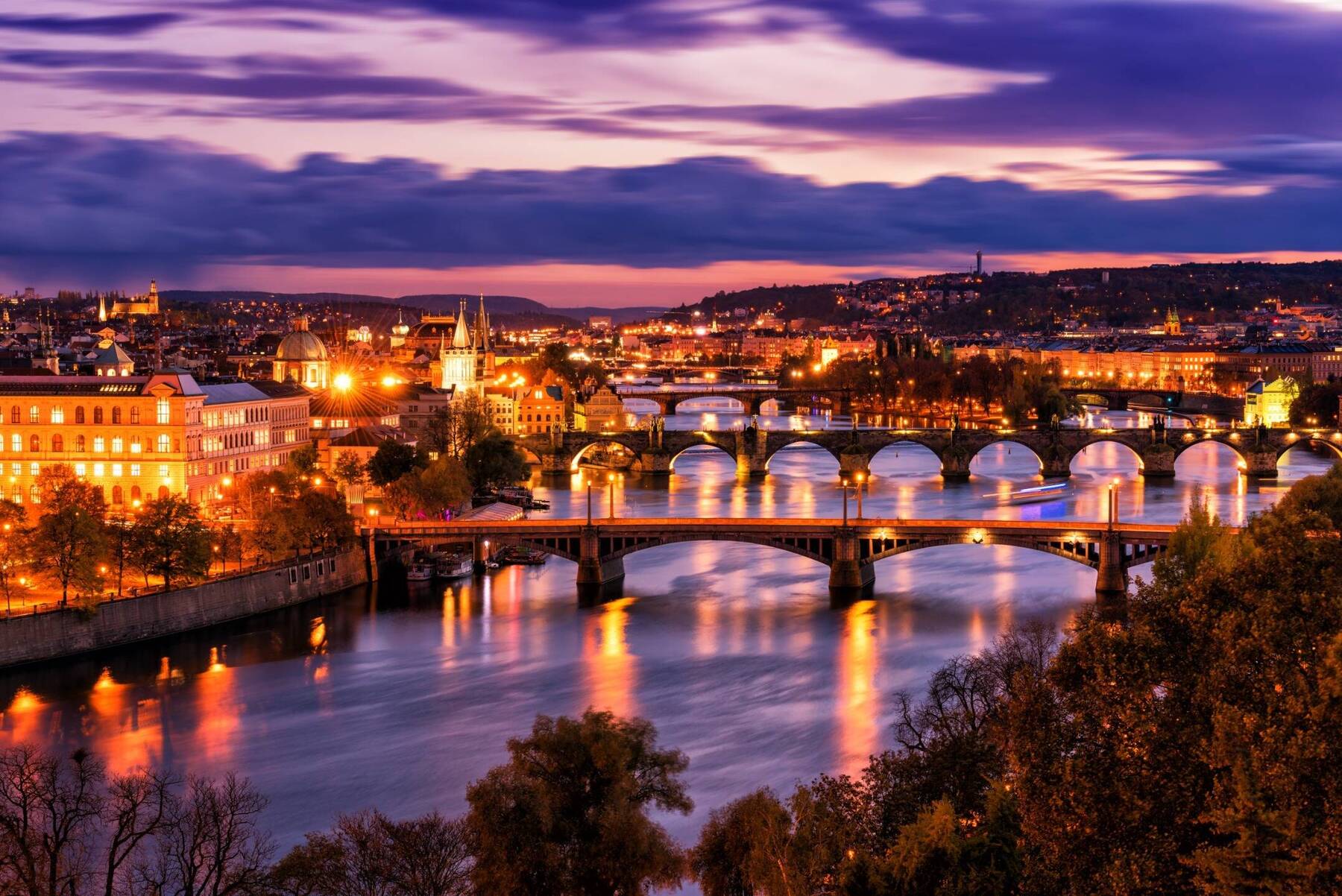
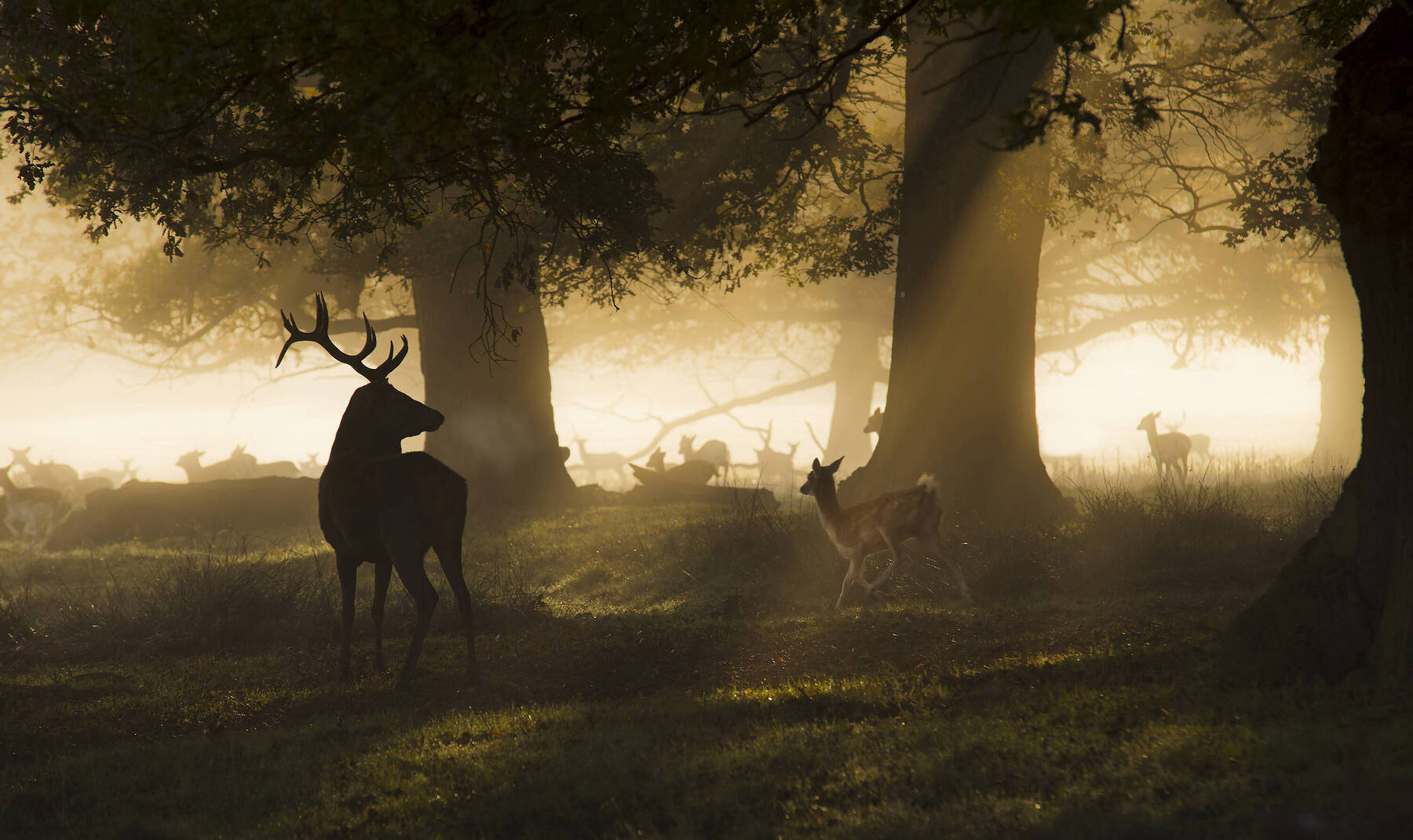






Comments